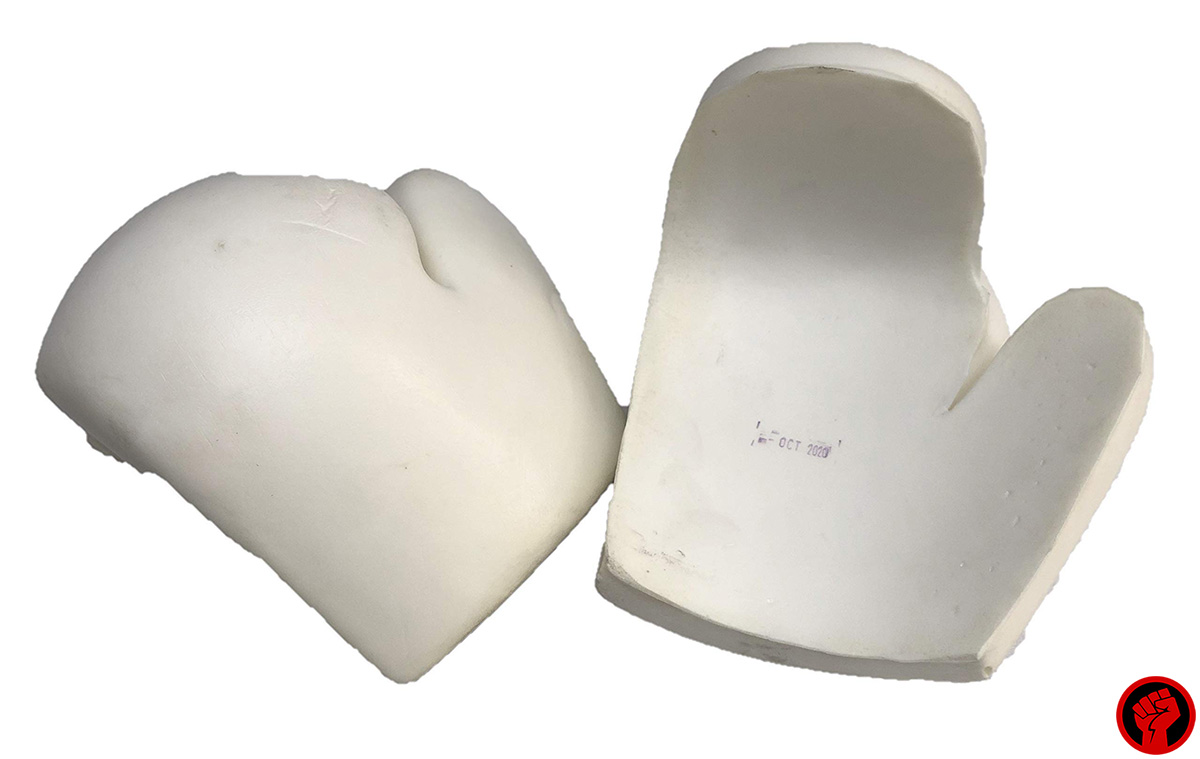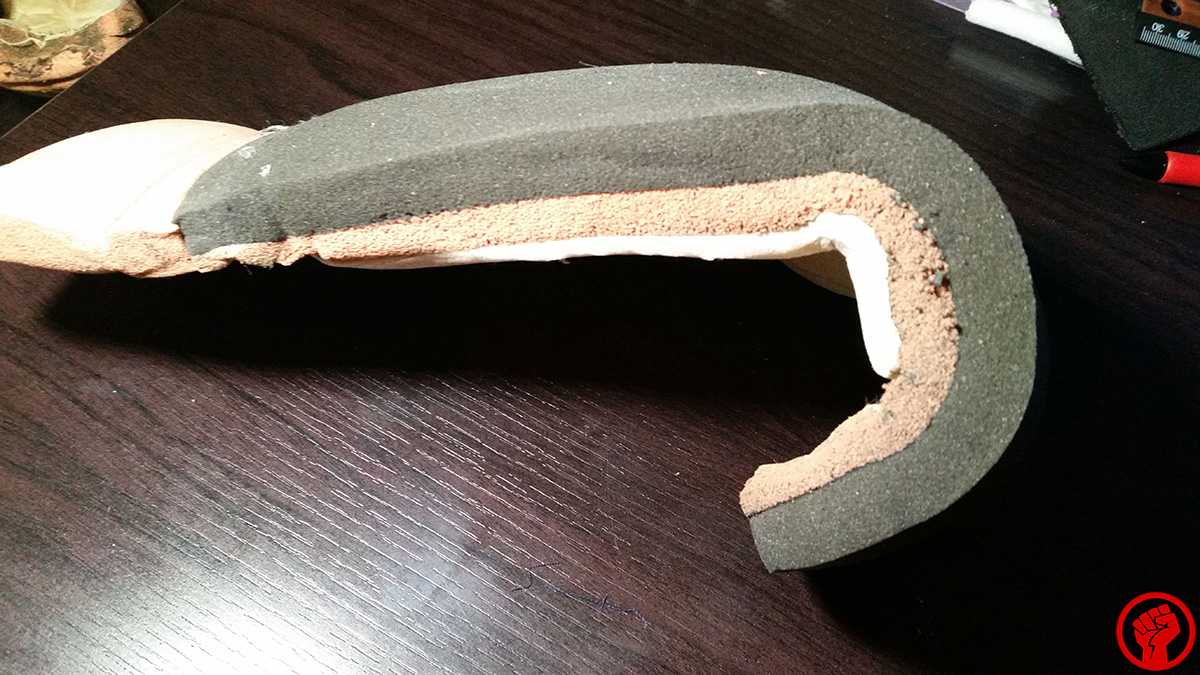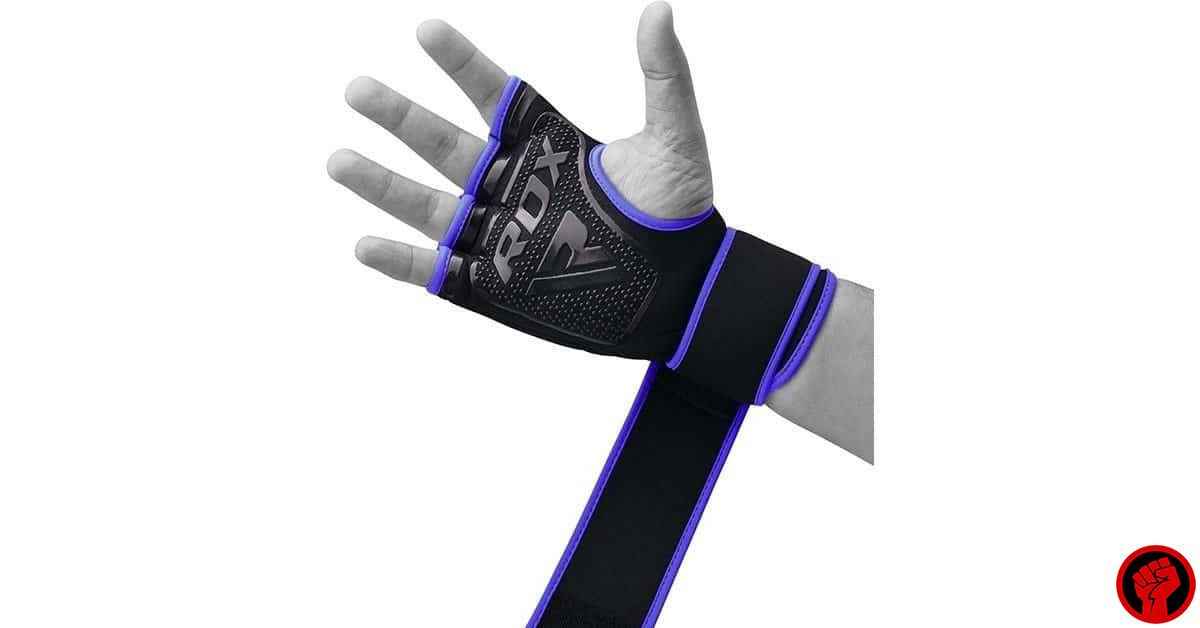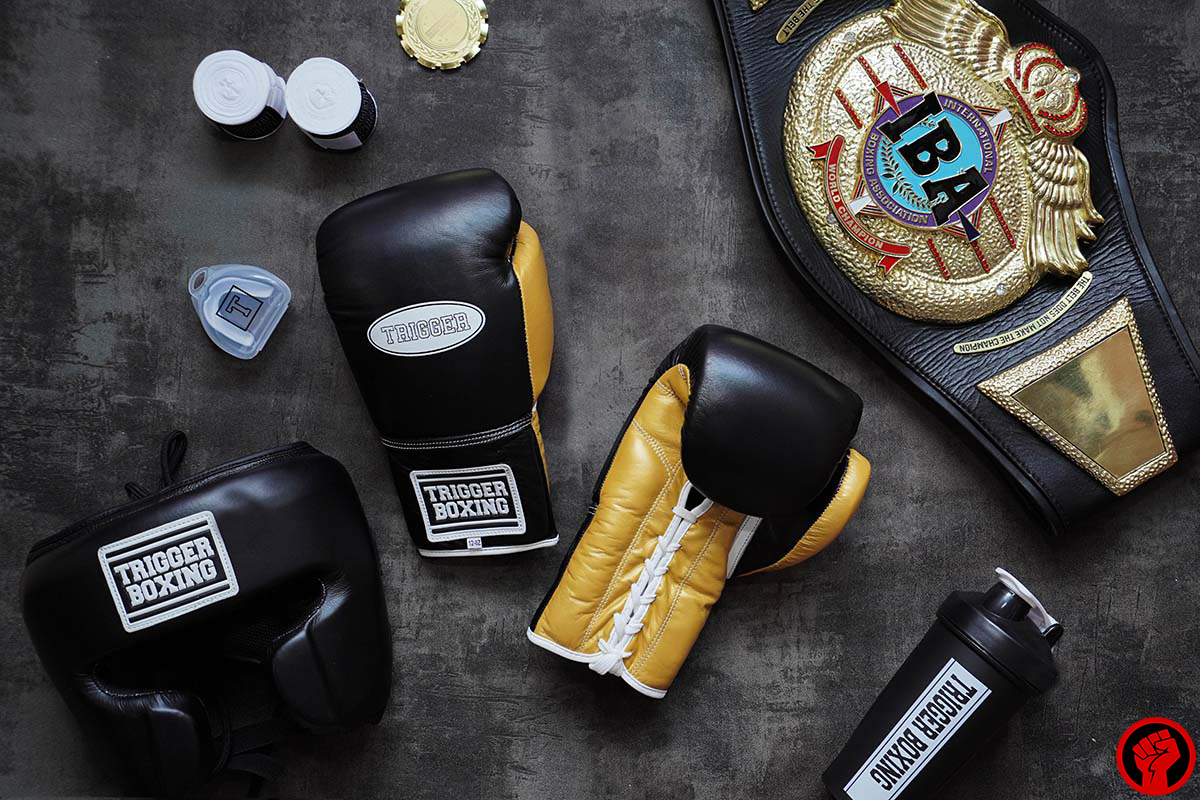In the realm of boxing, your gloves are more than just accessories – they’re your shield, your tool, and your companion in the ring. But have you ever considered what goes into making these essential pieces of equipment? In this comprehensive guide, we’ll take you through the process of crafting process of a boxing gloves. By the end, you will know what are these gloves made of, how to make a boxing gloves and how each type of gloves have a different process.
What are boxing gloves made of
Leather
As the gold standard, boxing gloves made of leather are the best. This material offers a perfect blend of durability and performance. Its natural strength ensures that your gloves stand up to rigorous training and tough matches, making it a trusted choice for both amateur and professional boxers.

Synthetic Leather
If you’re mindful of your budget, synthetic leather boxing gloves provides a more cost-effective alternative to genuine leather, which usually costs a hefty price. While it might not match leather’s longevity, it still offers respectable protection and performance, making it a popular option for those starting out.
Foam
The beating heart of your gloves, foam padding is what absorbs the impact of punches. It cushions your hands and wrists, dispersing the force to prevent injuries. Opt for foam with the right density for optimal protection without compromising on mobility.

Velcro
The convenience of Velcro can’t be overstated. It’s what secures your gloves around your wrists, allowing for quick and hassle-free wear and removal. This feature is especially appreciated during intense training sessions when every second counts.
Mesh
Some gloves incorporate mesh material in the palm area, and it’s a game-changer. Mesh enhances airflow, reducing the build-up of sweat and maintaining comfort during extended workouts.

Thread and Stitching
Underestimate the importance of stitching at your own peril. High-quality thread and precise stitching are what keep your gloves intact, ensuring that seams hold up against the forceful impacts they’ll experience.
How to Make Boxing Glove – Step by Step
Material Cutting
The manufacturing journey begins with precise material cutting. Whether using genuine leather or synthetic alternatives, the raw materials are carefully cut into the shapes and sizes that will form the foundation of the gloves. The accuracy of these cuts is paramount, as they directly influence the fit and comfort of the end product.

Shell Assembly
Craftsmanship takes center stage as the cut materials are skillfully assembled. Through meticulous stitching, the individual pieces are joined together to create the outer shell of the boxing gloves. Attention to detail during this step is vital, as the strength and quality of the stitching contribute to the gloves’ overall durability.
Foam Padding Insertion
At the heart of glove protection lies the foam padding. During the manufacturing process, the gloves’ shell is fitted with foam padding, ensuring it is evenly distributed. This padding serves as the shield against the impact of punches, safeguarding the hands and wrists of the wearer.
Velcro Attachment
Enhancing convenience and security, the Velcro attachment is integrated into the glove’s interior. This attachment point ensures a secure and adjustable fit around the wrists. Proper wrist support is a critical aspect of glove functionality, promoting safety and performance.
Wrist Strap Reinforcement
Strengthening the wrist area is a key manufacturing step. The wrist strap is securely stitched onto the glove’s shell, offering additional stability and support. This reinforcement is essential for preventing injuries during rigorous training and competitive bouts.

Utilizing a Sewing Machine
While hand craftsmanship is effective, modern manufacturing often incorporates sewing machines to streamline the process. If available, a sewing machine can expedite stitching, leading to increased efficiency while maintaining consistent quality.
Custom Design Integration (Optional)
Gloves can be personalized to align with brand identity or individual preferences. Custom designs or logos can be added during the manufacturing process, providing a unique touch without compromising the gloves’ primary function. This step merges aesthetics with practicality.
The manufacturing process of boxing gloves involves a sequence of well-defined steps, each contributing to the final product’s quality and performance. From the initial material cutting to the optional personalization, meticulous attention to detail results in gloves that not only offer protection but also embody the spirit of boxing.
Tips for Making Your Own Boxing Gloves
Choose Quality Materials
The longevity of your gloves depends on the materials you select. Investing in high-quality leather or synthetic leather and foam padding will pay off in the long run, ensuring that your gloves withstand countless sessions.

Precision in Stitching
Strong, accurate stitching is the backbone of your gloves’ durability. Take your time during this step to ensure the seams can handle the rigors of intense training.
Hand or Machine Sewing
Whether you opt for hand-sewing or use a sewing machine, thoroughness is key. If you’re comfortable with a sewing machine, it can expedite the process without compromising quality.
Express Yourself
Don’t shy away from adding your unique touch to the design of your gloves. Customization doesn’t have to mean sacrificing functionality; you can have both.
Conclusion
By understanding the materials – what are these gloves made of and the step-by-step process of how to make a boxing gloves, you’ve gained the knowledge to create gloves that echo your commitment to the sport while ensuring your safety.

